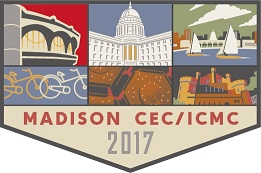Speaker
Description
As useful applications for superconductors continue to expand, required cooling methods still tend to be custom tailored for each application. The performance, capabilities, and economies of varying cryogenic cooling options are therefore an important concern for machine designers and end users. Features that are critical in the initial design and must be included in trade-offs when analyzing the options include many criteria, including weight, size, geometry, capacity at temperature, cooling rate from ambient, sensitivity to the environment (gravity, vibration, motion etc..), machines lifetimes, and also machine acquisition and lifetime costs. Since weight is critical for air and space applications, and short mission cycles from minutes to days are typical, different options for cooling need to be considered, including liquids with freezing points from 112K (natural gas), to 20K (liquid hydrogen), to 4.2K liquid He, and hybrid systems incorporating cooled liquids as upper reservoirs with multi-stage cryocoolers for lower temperatures. Solid-cryogens are also of interest for short-missions. AFRL is interested in cutting edge applications incorporating both low- and high-temperature-superconductors (LTS and HTS), and therefore has great interest in a broad range of cryocooling capabilities.
Herein we present a survey and comparison of cryocooling technology options, including traditional mechanical cryocoolers, and also properties of liquid cryogen cooling storage and liquification technologies. Efforts are made to include the parameters critical for aerospace systems, and transient missions. While many reviews are available in the literature, they do not always consider specific masses for varying machine input powers. Also updates for cryocooler technologies will be provided, for a limited survey.
Acknowledgements: Air Force Office of Scientific Research (AFOSR) and The U.S. Air Force Research Laboratory, Aerospace Systems Directorate (AFRL/RQ)
